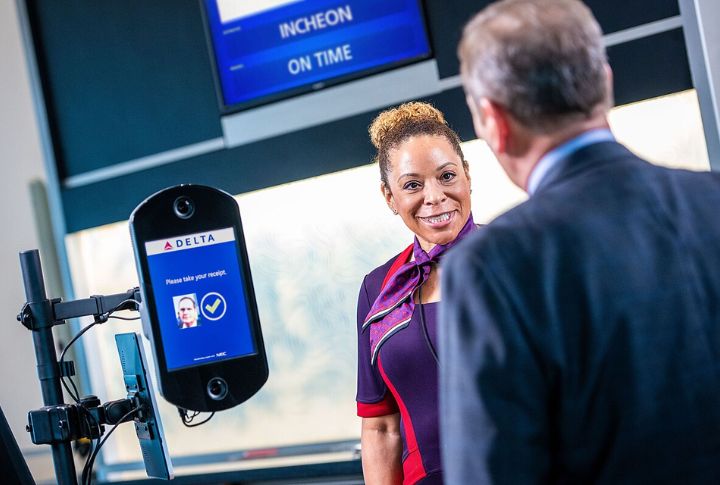
Some time ago, one would think of facial recognition, especially in airports, as science fiction. But it’s already scanning travelers in airports across the U.S. If you’ve flown recently, your face may have been analyzed in seconds. The tech promises faster lines, but raises big questions. Before your next flight, here are 10 ways those high-tech checkpoints have impacted security.
Streamlined Passenger Screening At TSA Checkpoints

Facial recognition is speeding up identity checks at major U.S. airports. Passengers using CLEAR—a paid service that uses biometrics for ID verification—walk up to biometric kiosks that scan their faces in seconds. It’s already active at Atlanta’s Hartsfield-Jackson, where shorter lines and fewer manual checks make the process noticeably faster.
Automated Boarding At Gates
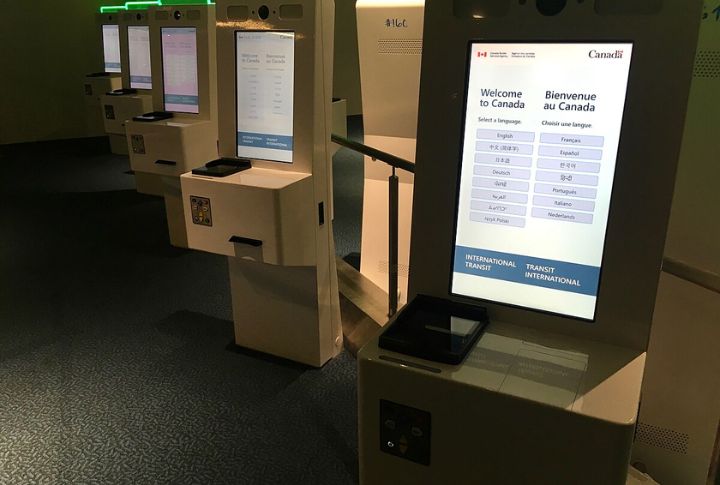
Delta and other carriers now use cameras to board passengers, skipping the paper pass entirely. Facial recognition confirms your identity at the gate in seconds. This tech shaved up to nine minutes off boarding times—handy during tight layovers or busy holiday weekends.
Enhanced Customs And Border Processing
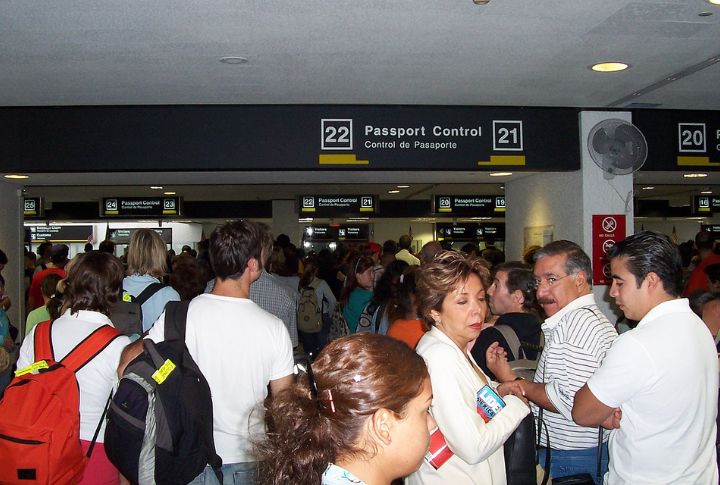
At international terminals, U.S. Customs and Border Protection uses facial scans to verify identity instantly. Miami International is one of several airports where scanned faces are matched to passport photos. CBP claims the system helps identify impostors with 99% accuracy, while also reducing processing time for travelers.
Queue Management And Crowd Control
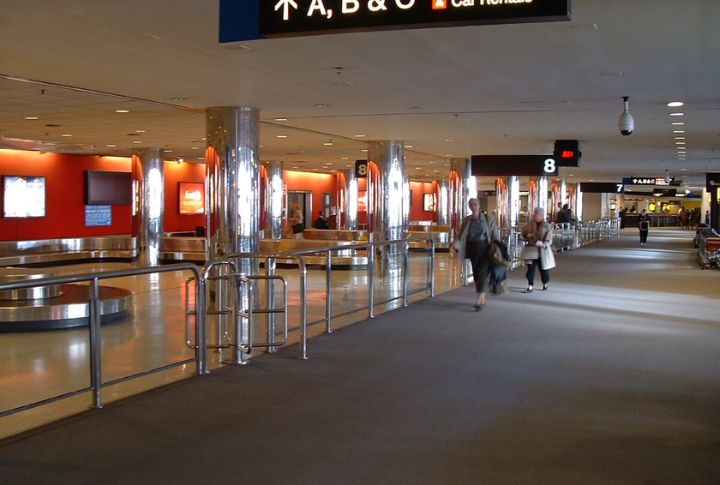
Las Vegas’ Harry Reid International is among those using facial recognition to manage crowd flow. Cameras monitor foot traffic and help redirect passengers away from packed checkpoints. Staff get real-time data, making it easier to reduce delays and keep lines moving—even during peak travel hours or unpredictable surges.
Real-Time Watchlist Monitoring
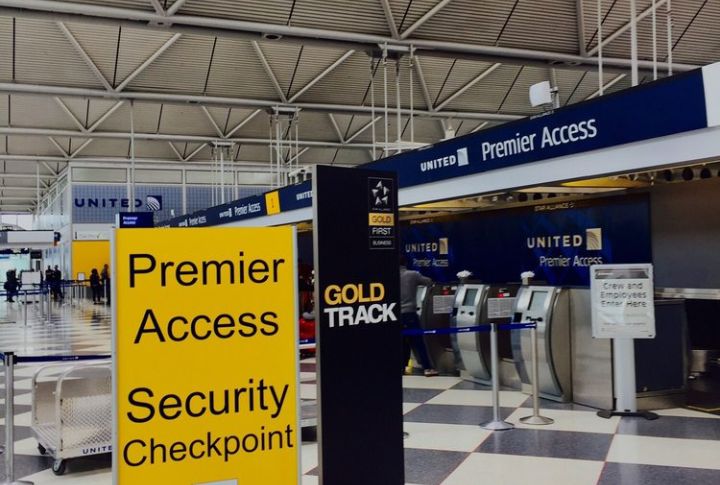
Some aerodromes are using facial scans to monitor crowds for flagged individuals. Cameras installed at places like Chicago O’Hare quietly compare faces against government watchlists. Security teams get alerts in real time, helping them respond faster while keeping the experience smooth for everyone else in line.
Contactless Check-In Kiosks
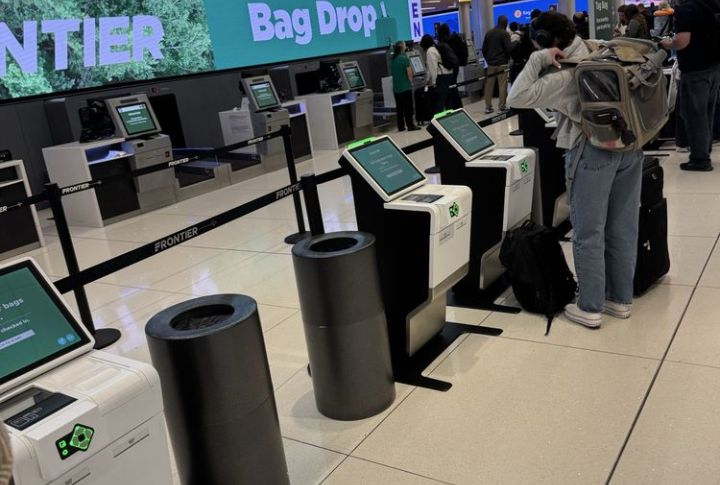
Travelers at Denver International now board without showing physical passes. Facial recognition identifies passengers, then verifies boarding passes digitally. This hands-free option became more common after the pandemic and is now a faster, cleaner alternative to typing or swiping through touchscreen menus.
Identity Screening For Lounge Access Security
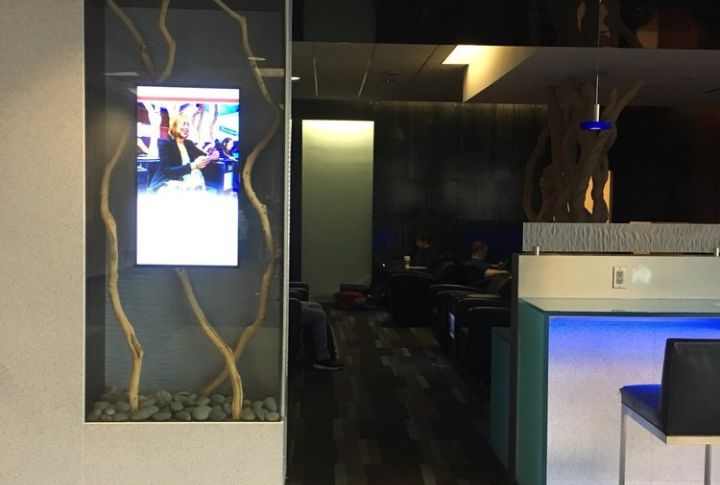
At airports like Dallas/Fort Worth, facial recognition is gradually replacing manual ID checks. These lounges often sit near secure gates, and screening who enters helps keep restricted areas protected. Instant biometric verification adds a layer of control, reducing the chance of unauthorized access through overlooked badge scans or borrowed cards.
Facial Verification For Secure Item Retrieval

Seattle-Tacoma International and some others are using facial recognition to tighten the process of reclaiming lost property. Only verified travelers whose face data matches flight records can retrieve certain items, especially high-value belongings. That level of identity control prevents impersonation and adds security to an area vulnerable to theft and mistaken claims.
Employee Access Control
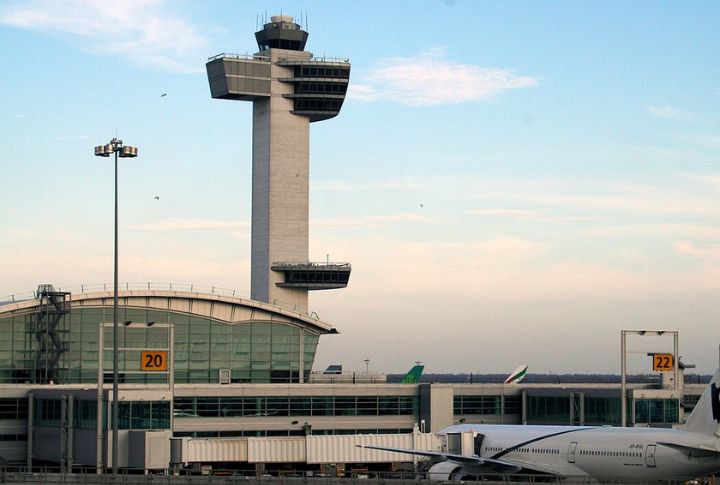
New York’s JFK is tightening security in employee-only zones using facial recognition. Instead of badge swipes, staff step through biometric checkpoints that verify their identity before access is granted. This prevents unauthorized entry and keeps high-risk areas, like runways and control towers, off-limits to intruders.
Fraud Detection At Check-In
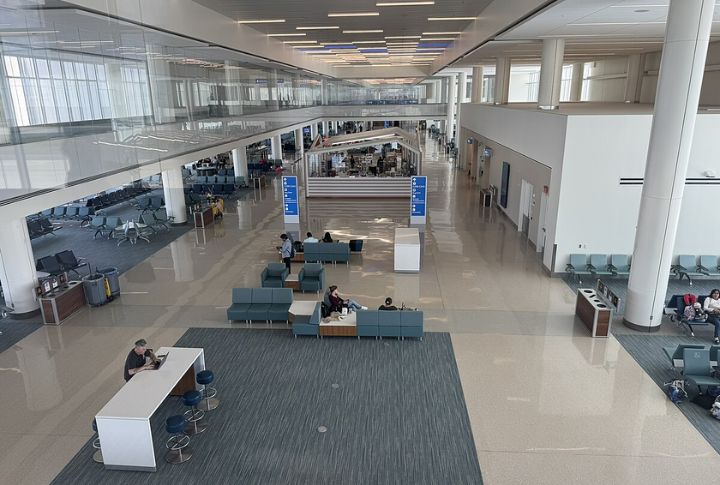
Facial recognition helps stop ticket fraud at airports like Orlando International by comparing travelers’ faces to passport data at security checkpoints. If something doesn’t match, the system flags it immediately, making it harder for scammers to use stolen or fake identities.
